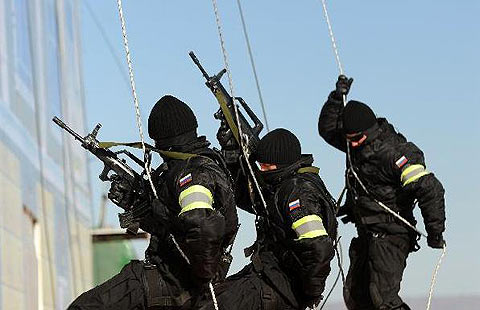The Forbidden City relives in Vancouver Art Gallery
Updated: 2014-10-24 05:45
By Justine Huang In Vancouver(China Daily Canada)
|
||||||||
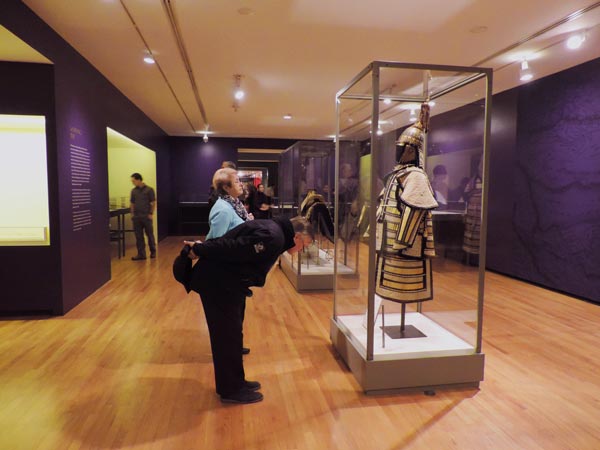 |
|
Visitors enjoy the display of the Emperor's Ceremonial Armor and Helmet at the Vancouver Art Gallery, Oct. 20, 2014. [Photo by Justine Huang / For China Daily] |
One of the most anticipated and largest Vancouver exhibitions of the year, The Forbidden City: Inside the Court of China's Emperors unveiled its beauty and mystery at the Vancouver Art Gallery on Oct 18. The exhibit features nearly 200 artifacts from the Ming and Qing dynasties (1416-1911).
After a successful run at the Royal Ontario Museum in March, The Forbidden City travelled to the west coast for its second stop of the historical moment of culture exchange between China and Canada.
"We are proud to bring this magnificent collection of rare objects from Beijing's Palace Museum to Vancouver, a city with one of the fastest-growing Asian populations in North America. We hope to deepen our visitor's knowledge of Chinese history and culture, and to inspire new dialogues between China and Canada," said Kathleen S. Bartels, the director of Vancouver Art Gallery.
The Forbidden City, a palace locates in the heart of Beijing, China, was once closed from public sight for five centuries from the Ming dynasty to the end of the Qing dynasty. It was built in 1406 to 1420 to serve as the ceremonial and political center of the country, and the home of emperors and their families.
Today, this World Heritage Site houses the Palace Museum that showcases extensive imperial collection of artifacts and artwork in the Ming and Qing dynasties.
To celebrate this memorial moment of China-Canada culture exchange, sponsors Mr. Ted Lipman, CEO of The Robert H.N. Ho Family Foundation, Mr. Fang Zhi, CEO of Nexen Energy ULC (subsidiary of CNOOC Limited), and Vancouver Mayor Gregor Robertson were among some of the special guests that gave their wishing remarks at a media preview on Oct 16.
"We are excited to play a role in sharing this piece of China's history with the Canadians, so we can better understand each other and work in cooperation to build the future," said Fang Zhi.
Following a series of guests' remarks, Timothy Brook, a scholar of Chinese history at the Department of History, University of British Columbia, and Daina Augaitis, the associate director and chief curator of Vancouver Art Gallery, led the guests and media on a preview tour. Many were astonished by the beautiful and powerful artifacts, and highly praised the exhibition.
On the opening weekend, hundreds of visitors came to the exhibition, and were amazed by the spectacularity of the fine treasures in the forms of calligraphy, paintings, ceramics, gold and silver wares, jade, textiles. They were never revealed to the public for 500 years.
The exhibition leads visitors through the world of the imperial palace in nine sections. It begins by greeting with Bell Set, Taicu Bell, Taicu chime stone, portrait and paintings of the Emperors from the Qianlong period of Qing dynasty. Then it unfolds the mystery of imperial reign and war with grand displays of imperial throne set, Sedan Chair, emperor imperial seal, emperor's ceremonial armor and helmet.
In the following Symbols section, visitors learn about the iconography, colors and dress that were especially reserved for the emperor while Texting section features emperor's constant tasks of political documents, poems and calligraphy.
Lineage explores the world of empresses and concubines who lived the Inner Courts of the palace. This section shows beautiful textiles, shoes, jewelry, and scene paintings of these women who served the emperors.
The Consuming section features fine treasures for the use and amusement of the imperial household. In Collecting, there are displays of emperors' precious collections of ceramics, bronzes, cloisonné and European exotic gifts from foreign dignitaries.
Last, with Farewell My Emperor, visitors get to witness the end of Imperial China, and learn about the afterlife of Aisin-Gioro Puyi, the last emperor who lived in the Forbidden City.
"There are many cool artifacts that are pretty and interesting to look at, like the Cricket Jar, learning things like that are interesting. The Silk embroidery is beautiful, and the Jar with Ten-Thousands Shou Characters is just unbelievably amazing," said Megan Jones, a local student and a writer of SFU's The Peak.
Besides many local visitors, people from other parts of Canada and the United States were at the exhibition.
"This is the third time I've seen this exhibit in various forms, and this is my favorite. It's a very accurate rendition, and I love the depth and breadth of it. Some of my favorite pieces are the dog's coat, jewelry box, icebox, telescopes, and the paintings," said Gail Levitt, a professor from York University who is also a loyal member of the museum.
A traveller from West Virginia who asked not to be named said, "I was in Beijing three years ago, and this is a nice representation of the Palace Museum. I particularly like the garments, how they interpreted the dragons, lotus, and all the intrigued embroidery that goes on. It's a good place to start for people who haven't been to the Palace in Beijing."
The three-month exhibition is sponsored by CNOOC Limited and The Robert H.N. Ho Family Foundation, and organized by the Palace Museum, Beijing, China and the Royal Ontario Museum, Toronto. It will be open to public till Jan 11, 2015.
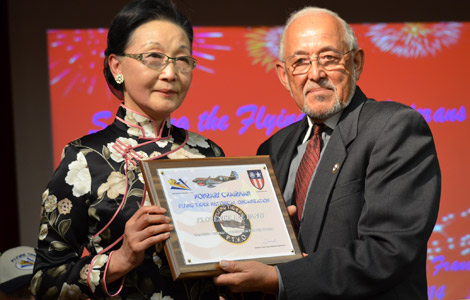
 Remembrance of Flying Tigers & WWII Veterans
Remembrance of Flying Tigers & WWII Veterans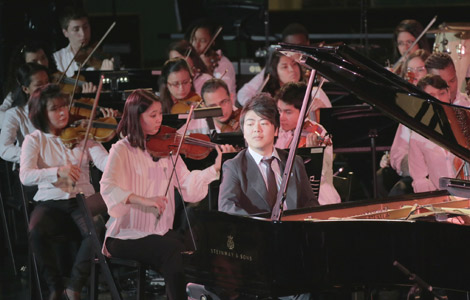
 Lang Lang plays at the UN Day concert
Lang Lang plays at the UN Day concert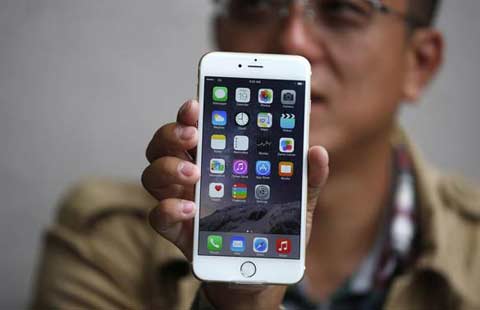
 iPhone loses subsidies in China
iPhone loses subsidies in China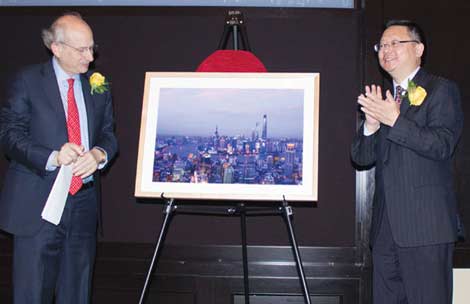
 Shanghai travels to Texas
Shanghai travels to Texas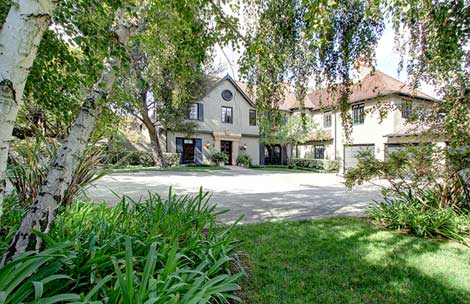
 In California: Cash, Cash, Cash
In California: Cash, Cash, Cash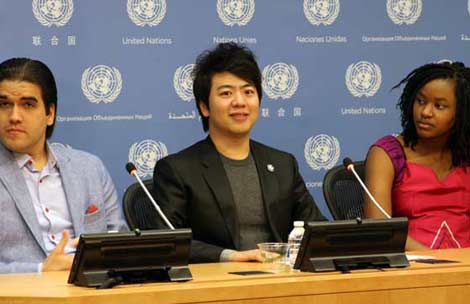
 Concert with Chinese pianist helps UN celebrate anniversary
Concert with Chinese pianist helps UN celebrate anniversary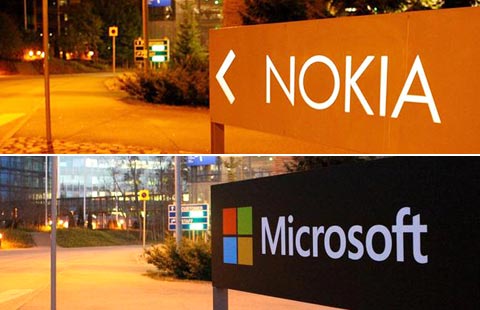
 Top 10 highs and lows for Nokia in China
Top 10 highs and lows for Nokia in China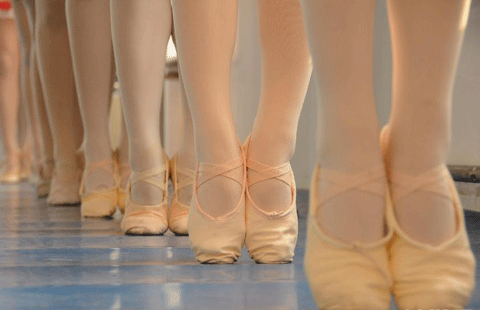
 Students aim sky high in Harbin
Students aim sky high in Harbin
Most Viewed
Editor's Picks

|
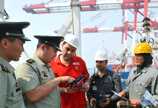
|

|

|
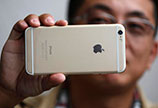
|

|
Today's Top News
China to provide the 4th batch of assistance to fight ebola
China's 361 will make uniforms for Rio 2016 Olympic Games
China's tie with Latin America expands to security
Steel exports unlikely to strain Sino-Latin American bond: Analyst
Concert with Chinese pianist helps UN celebrate anniversary
Accord reached on Asia infrastructure bank
Civil service exam hit amid corruption crackdown
'Miracle' premature baby ready to go home
US Weekly

|

|


